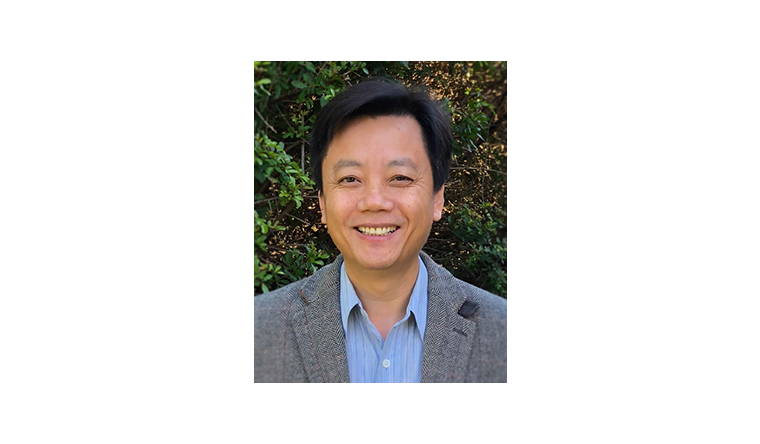
Chuanmin Hu
Chuanmin Hu received a BS degree in physics from the University of Science and Technology of China in 1989 and a PhD degree in physics (environmental optics) from the University of Miami (Florida, USA) in 1997. He is currently a professor of optical oceanography at the University of South Florida (USA), who also directs the Optical Oceanography Lab of College of Marine Science. He uses laboratory, field and remote sensing techniques to study marine algal blooms (e.g., red tides, blue-green algae, Sargassum, Ulva, etc), oil spills, coastal and inland water quality, and global changes. His expertise is in the development of remote sensing algorithms and data products as well as application of these data products to address earth science questions. He has authored and co-authored over 250 refereed articles, many of which have been highlighted on journal covers and by AGU and NASA.
Largest macroalgal bloom
Found across the Gulf of Mexico, the Caribbean Sea and the tropical Atlantic, blooms of Sargassum brown seaweed have been rising in recent years, as documented by the satellite-based Sargassum Watch System (SaWS), which is overseen by the Optical Oceanography Laboratory at the University of South Florida, USA. In June 2022, the Great Atlantic Sargassum Belt (GASB) reached a record peak, with a monthly mean coverage of 6,989 km2 (2,699 sq mi). This equates to an estimated wet biomass of more than 23.3 million tonnes (25.7 million US tons) of seaweed and the bloom stretched more than 8,000 km (5,000 mi), from the Gulf of Mexico to the west coast of Africa.



